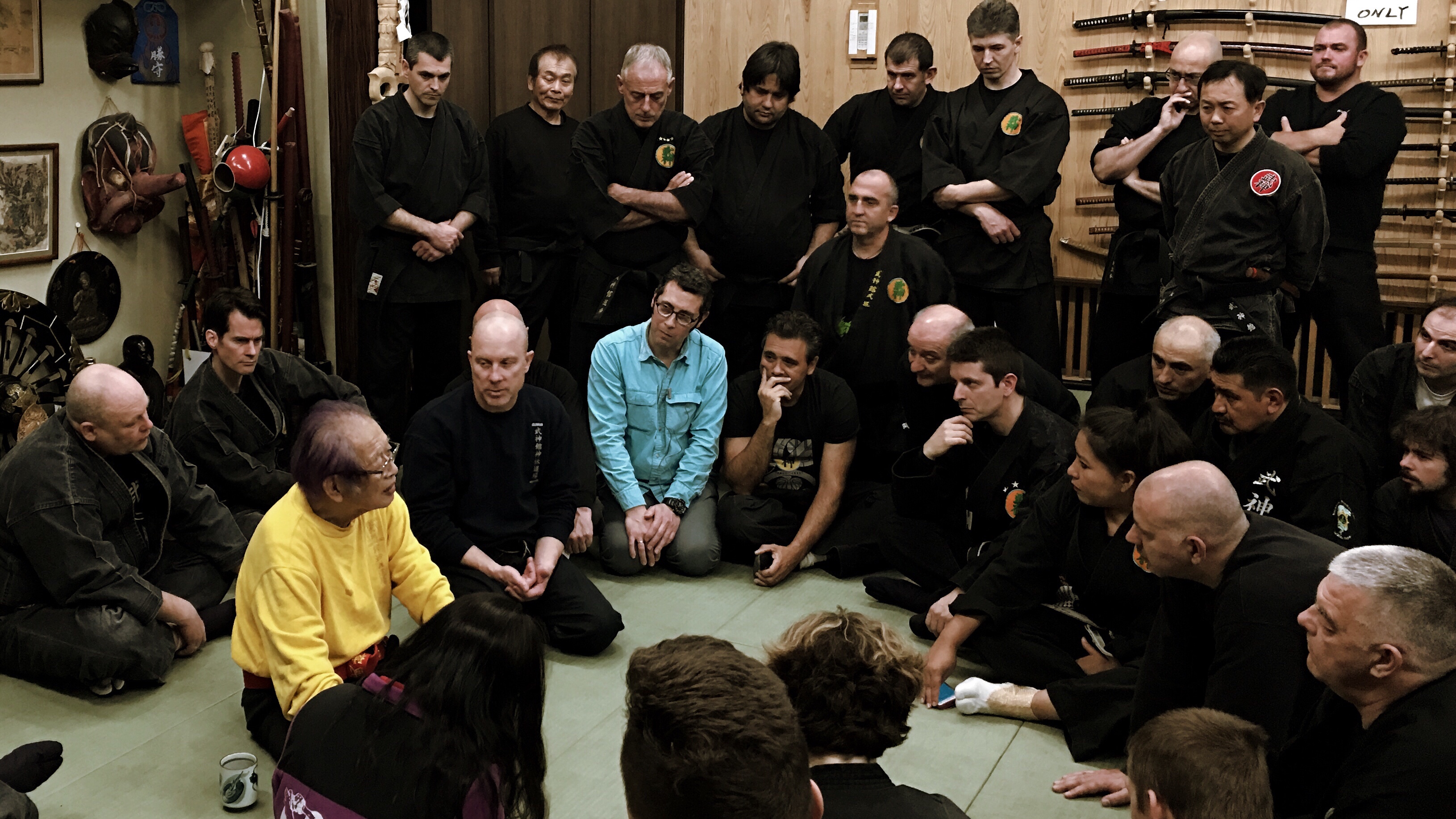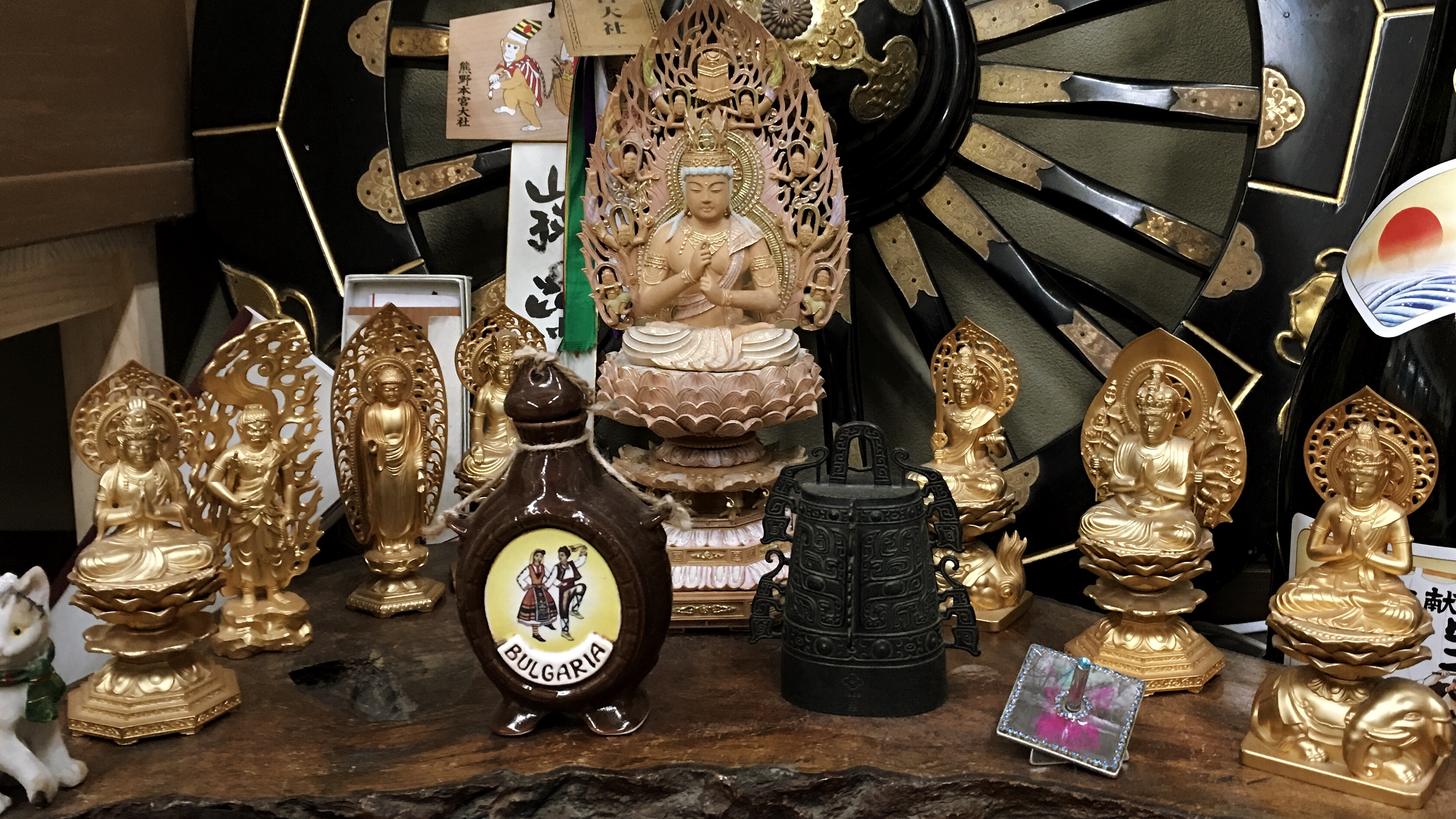Takamatsu Sensei taught Hatsumi Sōke with 42 hands
At the training yesterday Sōke said that he had been taught by the 42 hands of Takamatsu Sensei. He was referring to 千手千眼観自在菩薩 Senju-sengen Kanjizai Bosatsu that had 1000 hands… Read More »Takamatsu Sensei taught Hatsumi Sōke with 42 hands

